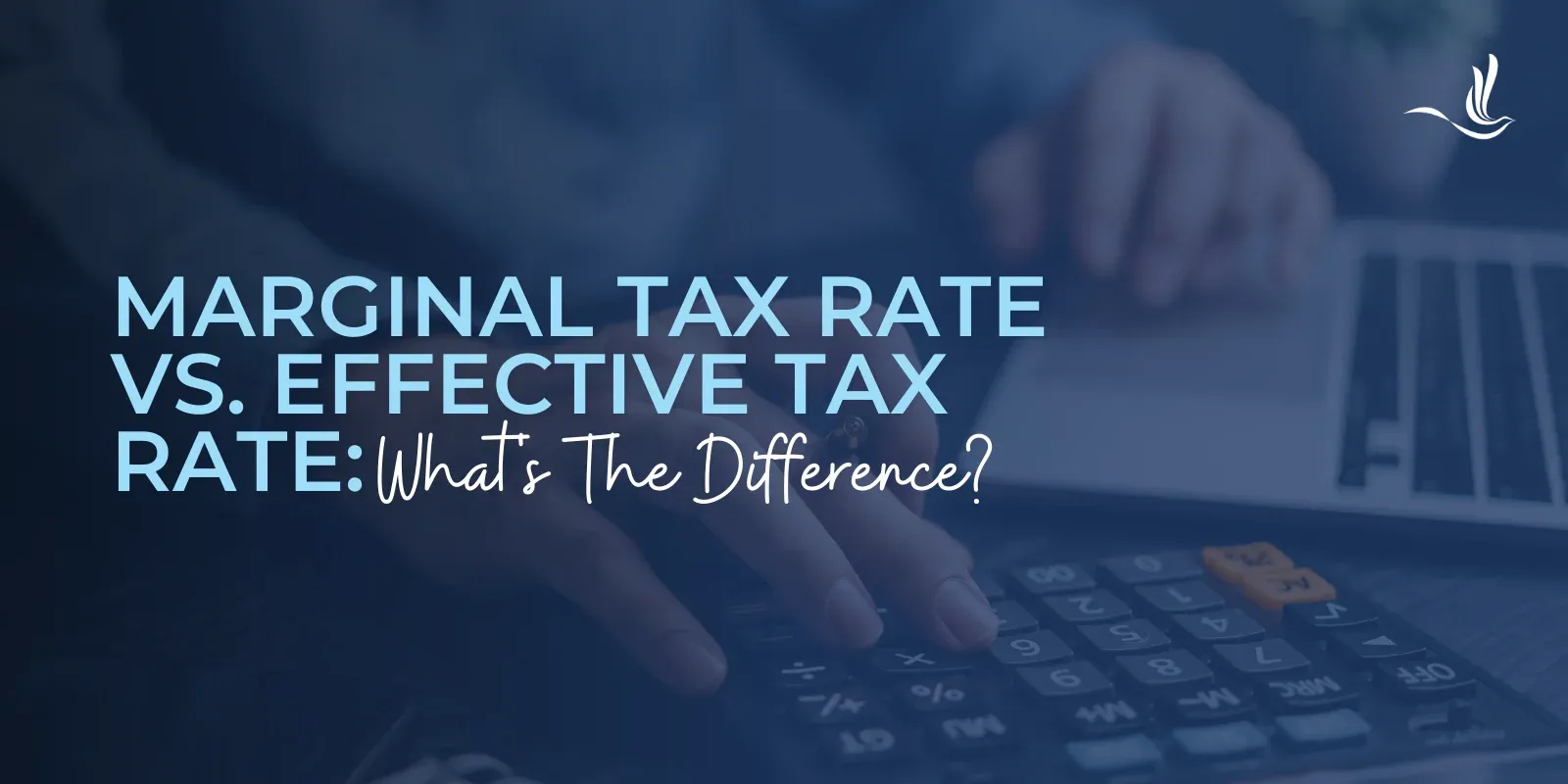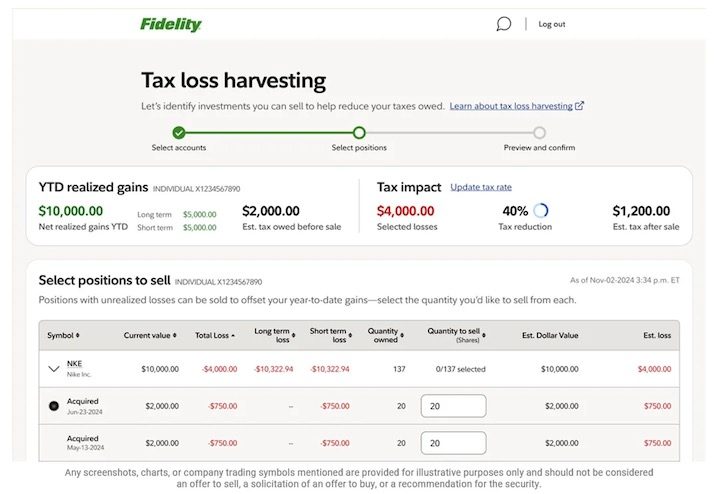In recent months tracker mortgages have been seen ostensibly as a no-go area for housebuyers. But they are gaining popularity again. What is driving this increased attraction other than borrowers believing interest rates will fall?
Marchwood senior mortgage consultant James Gordon agrees that trackers have become a more appealing, or certainly more considered, proposition than they have been for some time.
“The majority of them — not all — have no early redemption penalties. This means, if clients think they might move home in the not-too-distant future, trackers retain a level of flexibility in that clients don’t have to necessarily port their mortgage with their existing lender, which they would almost certainly need to do if they were on a fixed rate.”
Tracker mortgages buy people a bit of time if they’re not sure how long they may want to fix for
Gordon concedes that trackers are generally priced higher than both two- and five-year fixes at present, which makes them a bit of a risk.
“Another base rate rise looks likely and I think, as quickly as it’s gone up, it won’t be particularly quick coming down again,” he says.
Connect Mortgages mortgage and protection adviser Natalie Anderson takes a similar line, explaining that, while many lenders have been reducing their fixed rates, the same cannot be said for tracker rates.
“The consensus seems to be that the base rate could rise again at the next Bank of England review and could continue to rise, making trackers even more costly than they currently are.”
Anderson points out that several lenders have withdrawn their tracker range completely and a large number have reduced their fixed rates at the same time.
People take a tracker in the hope that fixed rates will drop a bit further and, when they do, they can jump onto a fixed.
That’s a bit risky
“Fixed rates seem a more attractive proposition at the moment and still seem to be the preference of most clients, many of whom are looking for certainty of repayments during the early part of their loan,” says Anderson.
She adds: “There are also many clients considering two-year fixed rates instead of trackers so that, if rates do happen to start coming down, they can take advantage after two years instead of five.”
In the opinion of JLM Mortgage Services group director Sebastian Murphy, there is little to recommend tracker products in the current climate. He understands why they were very popular at the end of 2022 and in early 2023. Most forecasts predicted that the Bank of England base rate would peak at around 4%–4.25% and settle there for a period of months, before starting to fall in the final quarter (Q4) of 2023.
“However, as UK inflation figures remain stubbornly high, the forecast for the base rate peak is now potentially 4.75% [or higher], and the likelihood of it reducing this year looks small,” says Murphy.
Fixed rates seem a more attractive proposition at the moment and still seem to be the preference of most clients
He adds: “This means those opting for trackers will see their payments increase over the coming months and may only start to see reductions in Q1 next year.”
Murphy stresses that swap rates have dropped month on month since November 2022. Therefore fixed-rate funding has become considerably more competitive.
“At 75% LTV, we can obtain a two-year fixed rate at, say, 4.14%; but a tracker — as of today — is likely to be 0.34% above base at 4.59%.
With further rate rises expected, the two-year fix is now far more appealing to most consumers to get through this odd fiscal period,” he says.
AJ Bell head of personal finance Laura Suter believes trying to second guess interest rate trends is a precarious business right now.
Many clients are considering two-year fixed rates instead of trackers
“Anyone taking out a tracker mortgage at the moment is taking a gamble on interest rates having reached their peak. The expectations for rates are so fast moving it’s hard to keep on top of them.
“Just a few weeks ago, markets were expecting no more interest rate increases from the Bank of England, or perhaps one small further increase. Fast-forward to today and now markets are pricing in three more interest rate hikes, up to 5%.”
Suter adds: “All of these are expectations, rather than actually what is going to happen, but it highlights the tricky market that homeowners are trying to navigate at the moment.”
Gordon echoes most of the risk concerns already outlined but also identifies some merit in the tracker option.
If clients think they might move home in the not-too-distant future, trackers retain a level of flexibility
“They buy people a bit of time if they’re not sure how long they may want to fix for.
“It’s pretty common, or at least feels it, for people to take a tracker in the hope that fixed rates will drop a bit further and, when they do, they can jump onto a fixed.”
He concludes: “That’s a bit risky and I suspect you’ll pay quite a bit more than you need to while you wait and see.”
This article featured in the May 2023 edition of MS.
If you would like to subscribe to the monthly print or digital magazine, please click here.
Original Article






